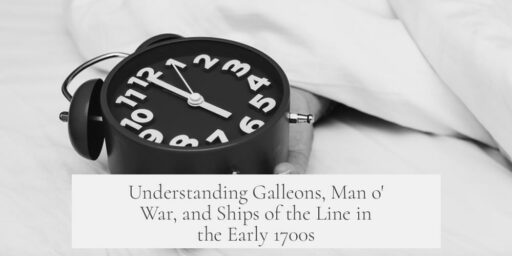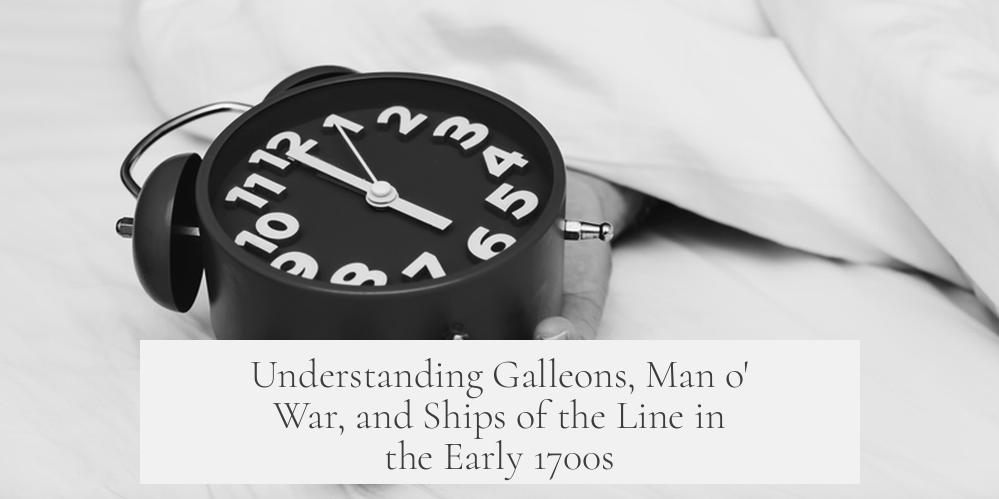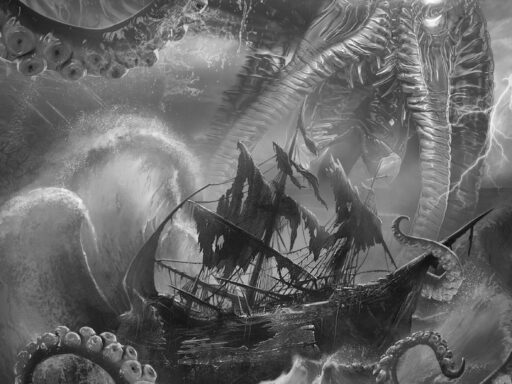The difference between a galleon, man o’ war, and ship of the line in the early 1700s lies chiefly in their definitions, purposes, and naval roles. A galleon is a multi-decked armed ship, often an armed merchant vessel from the 16th to early 17th century. A man o’ war is a general Royal Navy term for any naval battle ship, ranging from sloops to ships of the line. A ship of the line is a specific class of large warship built for the line of battle, carrying many guns and occupying the most powerful ranks in the navy.
The term man o’ war is broad and was used predominantly by the Royal Navy to describe any warship, including sloops, frigates, and ships of the line. It contrasts battle ships from merchant vessels. This term originates from the concept of ships carrying men of war (soldiers), eventually becoming shorthand for warships in general. It is not a fixed ship type but a category covering any naval combat vessel at the time.
A galleon refers more specifically to a multi-decked armed vessel common mostly during the 16th and early 17th centuries. These ships were frequently merchant ships, such as the famous Spanish treasure galleons, heavily armed to protect valuable cargo. Galleons have a distinct hull design, though details like exaggerated bows or sterns were not universal. By the 1700s, galleons were largely phased out or evolved into newer ship types designed primarily for naval warfare rather than cargo protection.
The ship of the line is a naval warship concept that became central in 17th and 18th-century naval tactics. These ships were built specifically to form the “line of battle,” a formation where ships engaged enemy fleets with broadsides. Ships of the line were the largest and most heavily armed vessels, ranging from 64 to over 100 guns. In the Royal Navy, ships of the line were formally classified from first to fourth rates, based on the number of guns and decks. For example, HMS Victory, a first-rate, carried 104 guns over three decks.
There is some overlap between man o’ war and ship of the line, as a ship of the line was always a man o’ war, but a man o’ war could also be a smaller warship. The term man o’ war is more generic, covering all naval combatants, while ship of the line references a ship’s specific role and size. The classification reflects the ship’s tactical function, firepower, and crew capacity.
| Aspect | Galleon | Man o’ War | Ship of the Line |
|---|---|---|---|
| Definition | Multi-decked armed ship, mainly a cargo vessel | General term for naval warships (varied ship types) | Large warships built for battle line tactics |
| Era | 16th to early 17th century | Used broadly in the 17th and 18th centuries | Primarily 17th to 19th centuries |
| Armament | Heavily armed to protect cargo | Varied, could be lightly or heavily armed | Large number of guns (64 to 100+), multi-decked |
| Purpose | Cargo protection, trade | Naval combat ship in various sizes | Main capital ships for fleet engagements |
| Royal Navy Classification | More typical of Spanish and earlier navies | Term distinguishing warships from merchants | Formally rated 1st to 4th rate ships of the line |
| Decks | Multi-decked | Could be single or multi-decked | First rates had three or more decks |
The Royal Navy applied a rating system primarily to ships of the line. First-rate ships had around 100 guns and were the navy’s premier ships. Second and third rates had fewer guns and decks but remained key battle vessels. Fifth and sixth rates were smaller warships classified typically as frigates, not ships of the line. Rigging and mast configuration also affected classification. A true ship required three square-rigged masts, separating ships from smaller rigs like brigs or schooners.
In summary:
- The galleon served commercial and defensive roles, prominent before the 1700s.
- Man o’ war is a generic term for naval warships in the Royal Navy, covering many types.
- Ship of the line specifically denotes large ships designed for line-of-battle tactics, formalized in the Royal Navy’s rating system.
- Ships of the line contrasted with smaller warships by firepower, size, and role.
- Terminology overlaps but reflects evolving naval warfare and ship design through the 17th and 18th centuries.
What Was the Difference Between a Galleon, Man o’ War, and a Ship of the Line in the Early 1700s?

In the golden age of sail—the early 1700s—if you overheard sea dogs chatting about a galleon, a man o’ war, and a ship of the line, you’d best understand they weren’t all talking about the exact same beast. Let’s cut through the salty jargon and break down what made each ship different and how these floating monsters served their masters.
First, what truly separates these vessels? Simply put, a galleon was a heavily armed merchant ship built for cargo, a man o’ war was a broad term for naval battle ships, and a ship of the line was a specialized warship designed to fight in formation—known as the line of battle.
Simple? Let’s dive deeper.
Man o’ War: The Royal Navy’s Catch-All Term
A man o’ war wasn’t a particular ship type but rather a catchphrase used by the Royal Navy to describe any “King’s Ship”—that is, a naval warship. This phrase could apply to everything from sleek sloops and frigates to the grandest ships of the line.
How did “man o’ war” come about? Originally, it referred literally to “men of war ships”—ships carrying soldiers ready for combat. Over time, the phrase shortened, and “man-o-war” stuck as a nickname.
Picture it as the Royal Navy’s way of saying, “This ain’t no merchant boat—it’s a fighting ship, whether big or small.” It’s less specific but crucial when distinguishing warships from merchants.
Galleons: Armed Merchants with a Cargo Punch
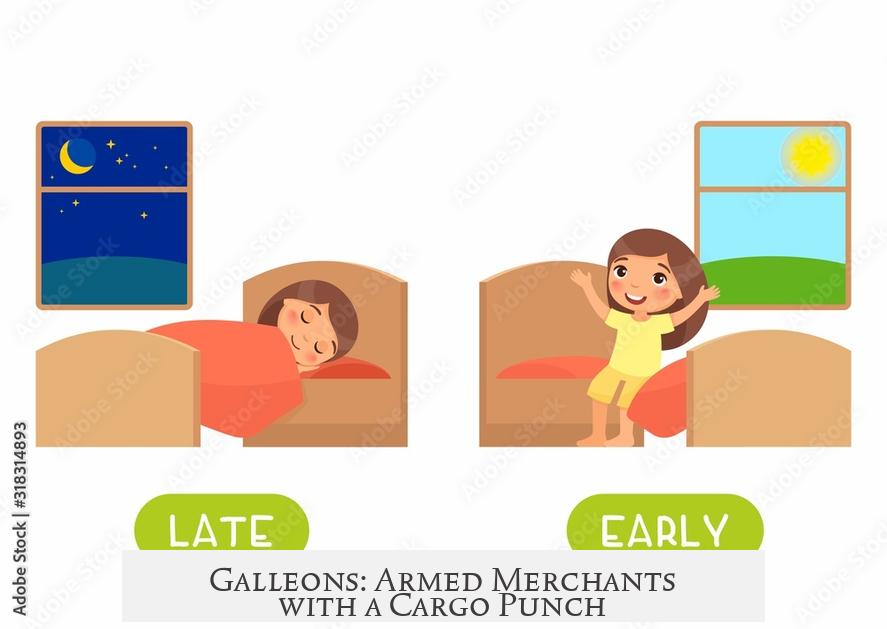
The galleon, on the other hand, wears a very different hat. Mostly popular from the 16th to early 17th century, galleons were multi-decked vessels typically carrying cargo. Unlike warships, they originally served as merchants but carried heavy arms for self-defense.
The stereotype is that of the “Spanish treasure galleon”—laden with gold and silver plundered from the New World and ready to defend itself against pirates and privateers. Their design often featured prominent, sometimes exaggerated, bows and sterns for high seas travel.
But these ships weren’t always the most agile or powerful fighters. Their guns were about keeping enemies at bay, not necessarily dominating a battle.
Ship of the Line: The Powerhouses of Naval Warfare
Now, the star of the naval show in the 1700s was the ship of the line. This term indicates vessels purpose-built to fight in the line of battle—a strategic formation where ships fought side by side, each firing broadsides at the enemy.
These ships were the giants of the seas, boasting dozens to over a hundred cannons spanning three or more decks. They represented power, endurance, and status in naval warfare.
Interestingly, ships of the line varied in size by era. Early 1600s versions were smaller, but by the Napoleonic Wars, first-rate ships like HMS Victory could pack 104 guns on three decks—an ocean-going fortress of wood and iron.
Overlap and Royal Navy Classification
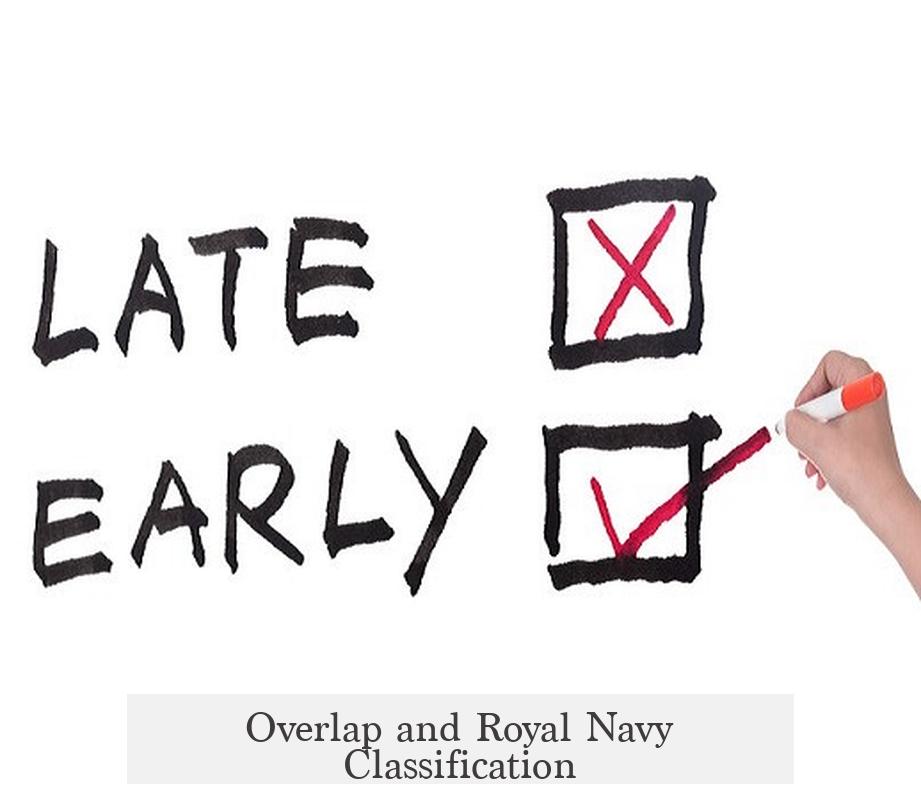
It’s important to understand that “man o’ war” and “ship of the line” terms sometimes overlapped. Both indicated warships, but a man o’ war could be any warship, while a ship of the line specifically meant the largest ships in battle formation.
The Royal Navy employed a formal rating system to classify ships, especially ships of the line:
- **First-rate** ships like HMS Victory had over 100 guns across three decks.
- **Second-rate** typically had ~90 guns.
- **Third-rate** ships carried between 64 and 80 guns and were considered the workhorses.
- **Fourth-rate** ships had fewer guns but were still classed in the line of battle.
Ships rated fifth and sixth were usually frigates—smaller and faster, often used for scouting or protecting convoys. These typically had one or two gun decks, not three.
Design Elements: Masts, Rigging, and Decks
One way the Royal Navy sorted ships was by masts and rigging. To qualify as a ‘ship’—including man o’ war and ships of the line—a vessel needed three masts, each fully square-rigged. Anything less was called a sloop, brig, cutter, or schooner. So, tell your friends a three-masted, square-rigged ship qualified as a real “ship” back then.
Galleons were multi-decked as well, but their decks were packed for cargo and not always optimized purely for battle. Ships of the line, meanwhile, featured multiple decks specifically housing their immense batteries of cannons.
Putting It All Together: What Difference Does It Make?

So, why does this matter? Imagine you’re reading a novel or watching a movie about pirates and naval battles. Calling every powerful ship a “man o’ war” may be technically right but less specific. Knowing the difference helps understand naval tactics, ship capabilities, and the historical context.
For example, when the Spanish treasure galleons lumbered across the Atlantic, their mission was protection and transport, not blowing enemy fleets out of the water. But the British ship of the line was waiting for full-scale naval engagement, equipped for maximum firepower and durability.
Moreover, this differentiation tells us a lot about naval evolution—from cargo-defense vessels to purpose-built engines of war. Navies adapted ship designs to meet growing naval tactics and threats, leading to the spectacular ships of the line dominating 18th-century seas.
Final Note: The Sea’s Lexicon Was Flexible
Keep in mind, sailors of the early 1700s sometimes used these terms loosely. “Man o’ war” could mean any combat-worthy vessel, and “ship of the line” rang true to the fleets’ formation and battle plans. Galleons, meanwhile, had by then been somewhat eclipsed but remained icons of an earlier age.
The hierarchy was clear though: Galleons were armed merchants, man o’ wars were warships in general, and ships of the line were the naval battle giants.
Next time you picture a ship sailing across the ocean in the great age of sail, ask yourself: Is this a galleon protecting cargo, a man o’ war signaling battle readiness, or a ship of the line preparing for the thunderous exchange of broadsides?
Sources We Trust
- Grant Uden, A Dictionary of British Ships and Seamen (1980)
- Jonathan Dull, The Age of the Ship of the Line: The British & French Navies, 1650-1815 (2009)
